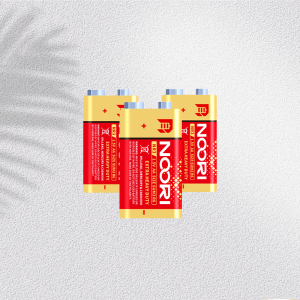NOORI batteries will undergo a series of data tests when they leave the factory, and today we will introduce two of them:
Battery internal resistance
Battery internal resistance refers to the resistance of current flowing through the inside of the battery when the battery is working. It is composed of two parts: ohmic internal resistance and polarization internal resistance. The internal resistance of the battery is large, which will lead to the reduction of the working voltage of the battery discharge and the shortening of the discharge time. The magnitude of the internal resistance is mainly affected by the material, manufacturing process, battery structure and other factors of the battery. It is an important parameter to measure the performance of the battery. Note: Generally, the internal resistance in the charging state is the standard. Measuring the internal resistance of the battery needs to be measured with a special internal resistance meter, not with a multimeter ohmic file.
Nominal voltage?
The nominal voltage of a battery refers to the voltage that manifests itself during normal operation, and different types of batteries have different nominal voltages. For example, the nominal voltage of 6F22 batteries is 9v, the nominal voltage of CR2032 is 3v, the nominal voltage of R6 and R03 batteries is 1.5v, and the nominal voltage of R14 and R20 batteries is also 1.5v.

6F22 9V CR2032 3v


R03 1.5V R6AA 1.5V

R14 1.5V R20 1.5V


